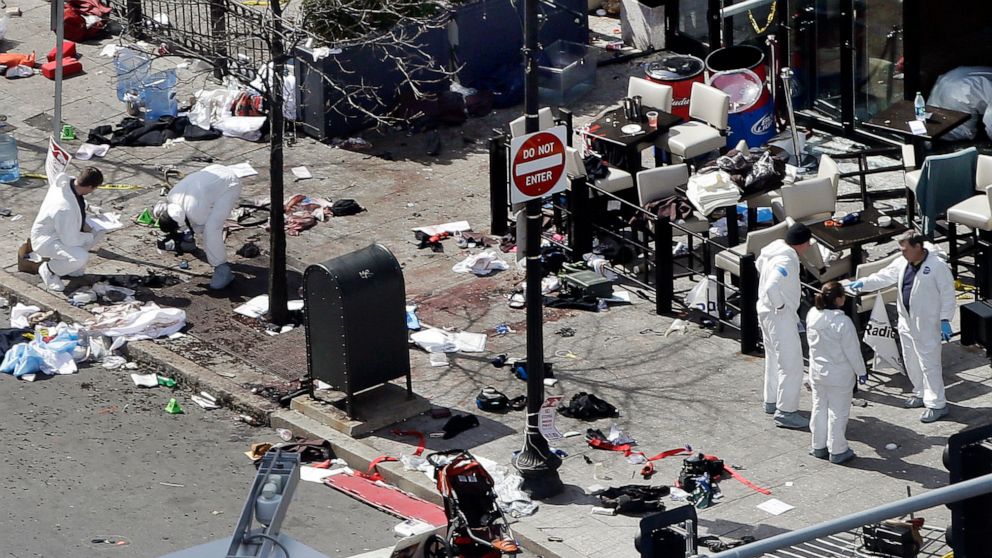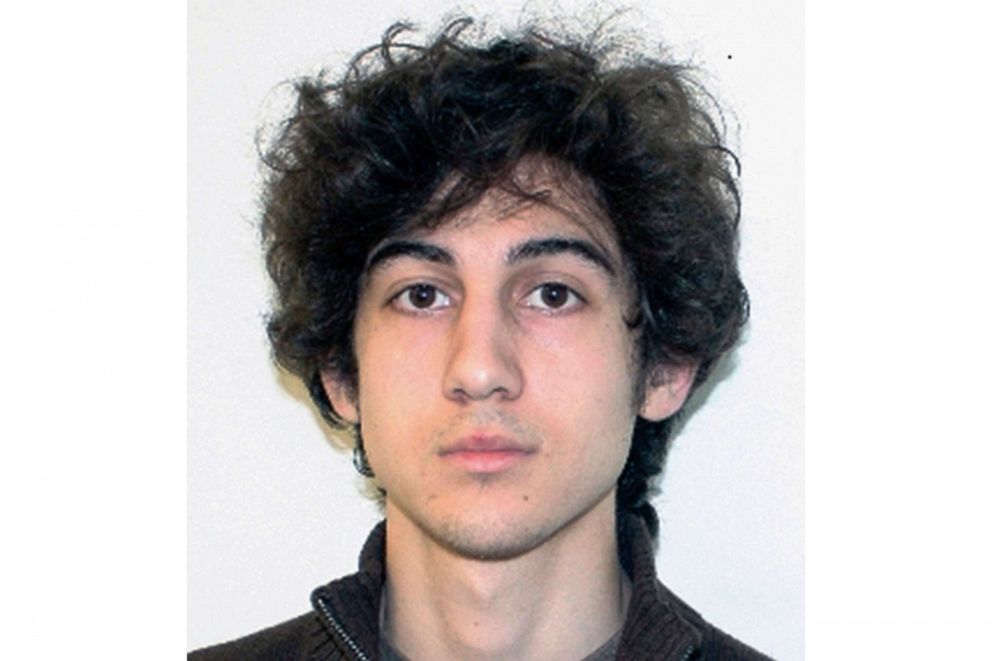The living dead: retro computers brought back to life

Not all 'zombies' are monsters. In the hands of skillful computer enthusiasts, a long-dead vintage machine can come back to life in all its former glory.
There are at least a couple of generations to whom computers are no longer a tool but a fond memory. This admiration for retro computers, digital machines made in the '70s through '90s, has many ways to manifest.
Some, for example, scour movies and shows, looking for all the devices that appeared on screen, immortalizing forgotten machines for future generations. Others view old devices as a decent source of income or even an investment. Find a legendary machine like the first Apple computer in your attic, and you might find yourself a millionaire.
Hobbyists, however, enjoy the thrill of seeing a working machine being brought back to life in the 21st century. A subreddit favored by the group, Retro Battlestations, increased from 28,000 to 65,600 from 2018 till now, signaling ever-growing interest in the 'nostalgia-tech.'
"I've always felt like part of the 'nostalgia computer' goes back to the days being able to buy and repair a Trash-80 or a Macintosh SE, or an Apple II or a Commodore 64, Vic 20, those kinds of machines," Charles Edge, a veteran computer scientist, and computer historian told CyberNews in an interview.
Some hobbyists, however, take the tinkering bit to a different level, embarking on a journey to renovate an old device. That means not only getting the machine to start but refurbishing it to close-to-mint condition using various tools and techniques.
We've dug through countless Reddit posts on vintage computer enthusiasts renovating old computers and selected the top few for you to scroll through.
IBM PS/2 35SX

Reddit user TheRealShyzah restored a 1992 IBM35SX personal computer. Even though the device itself is not as old, the state it was in was truly desperate. The shape device was found in can be seen in the title image of this article.
According to the post's author, several devices were found in an abandoned mental hospital in California. The machines were dusty, some of the front parts of the PC case were missing.
It’s a sight that seems to signal that the computer ought to be binned. However, TheRealShyzah fully restored the device not only to be in operational condition but to look nice.
TDP System 100

An offshoot of the 1980 Color Computer by the legendary Tandy Corporation, TDP System 100 was released in 1982 to be sold in non-Tandy stores. In every other aspect, the TDP System 100 was identical to the TRS-80 CoCo device.
Reddit user Jonny_Swanny restored the TDP System 100 to mint condition. The computer is also fitted with the Realistic 5" monochrome Portavision device with a screen so tiny that many have smartphones with greater diameter.
Commodore PET 2001

A proud member of the ‘1977 Trinity,' the Commodore PET is a legendary computer with a major impact on personal computing and popular culture. Interesting, since the initial design heavily relied on pop culture references.
The name of the computer was meant to be futuristic. Three letters and four digits somewhat resembled HAL 9000, a computer from Stanley Kubricks' ‘2001: A Space Odyssey. More attentive enthusiasts can't help but see the similarities between the HAL 9000's keyboard and what Commodore used on PET 2001.
Reddit user Amazingprojectionist restored the PET 2001 to almost perfect condition. To fix the corrosion, the case was sandblasted and powder coated to return a smooth look for the device. According to the author of the post, he not only restored the case of the device but also fixed the 40-year-old machine to boot.
Olivetti Quaderno PT-XT-20

One of the first notebooks, a portable computer weighing under 3kg, the Quaderno PT-XT-20 was released in 1992 by the Italian computer manufacturer Olivetti. Reddit user EkriirkE embarked on a long journey to restore the designer computer to an almost mint working condition.
"Initially, only the HDD would spin up, but the unit was otherwise dead and unresponsive," he wrote in a post explaining the process.
To achieve his goal, EkriirkE disassembled the device, gave it a good wash, engineered the HDD back to life, replaced the drive belt, refurbished the screws, and reassembled everything to get a fully working machine.
Grid GridCase 3

A close descendant of the pioneering laptop Grid Compass, the GridCase was released in 1985 to serve as an even more rugged device than its predecessors.
The earlier Grid devices were the very first to employ the clamshell (flat screen covering the keyboard) design, defining how laptops will look for decades to come. Grid computers were particularly liked by NASA, several of the devices used in the Shuttle missions.
A Reddit user CB_HK completely polished an updated device of 30 years of age to look as pristine as it was at the moment of shipping.
Packard Bell PC

At their peak, the Packard Bell were among the best-selling IBM clones in the market. In its mid-90s heyday, Packard Bell was among the leaders in the US market in terms of units sold. To prosperity, however, was short lasted, ending with the dawn of a new century.
A computer restoration enthusiast, ravenshaddows, took one of the early '00s Packard Bells in an appalling shape and completely remade the device to look as fresh as possible. According to him, the PC frame was sanded to remove the rust and repainted several times.
IRIS Indigo

Released in 1991, the Indigo was among the most capable graphics workstations of its time, leading the market in 3D graphics rendering.
For eight years, from 1995 till 2002, all films nominated for an Academy Award for Distinguished Achievement in Visual Effects were created by the Silicon Graphics computer systems, the company behind the IRIS Indigo.
The photo of the IRIS Indigo in this article shows a complete restoration of the device and the photographic style of the early '90s. Another restoration project by the Reddit user CB_HK shows a completely refurbished Indigo in a working condition.





